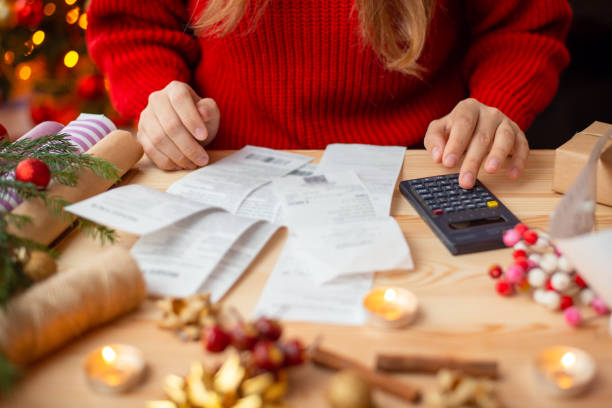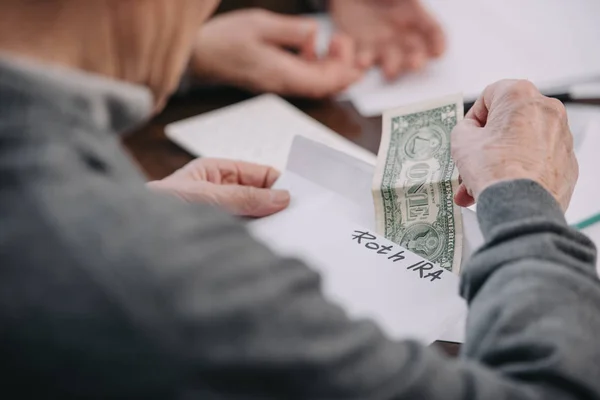When it comes to financial stability, few things provide more peace of mind than having a solid emergency fund. Life has a way of surprising us, car repairs, medical bills, sudden job loss; and an emergency fund acts as your financial safety net. But how much should you actually have saved, and where should you keep it? Let’s break it down in practical terms.
What Is an Emergency Fund?
An emergency fund is money you set aside for unexpected expenses or income interruptions. It’s not for vacations, gifts, or new gadgets; it’s strictly for real emergencies.
Think of it as your personal insurance policy against life’s curveballs.
Typical uses include:
- Unexpected medical costs
- Job loss or reduction in income
- Major home or car repairs
- Sudden travel (like family emergencies)
An emergency fund keeps you from relying on credit cards or loans, which often make bad situations worse by adding interest and stress.
Why It Matters
Without an emergency cushion, even a small surprise expense can derail your budget or financial goals. For instance, a $1,000 car repair could easily turn into months of debt if you have to put it on a high-interest credit card.
Having emergency savings:
- Prevents high-interest debt buildup
- Keeps your long-term goals on track
- Reduces stress and gives you flexibility
- Improves your overall financial confidence
To learn how an emergency fund fits into a healthy money plan, check out What Is Financial Planning and How Can It Help You? — it explains how every financial goal works together.
How Much Should You Have Saved?
The general rule of thumb:
- Minimum: 3 months of living expenses
- Ideal: 6 months of living expenses
- Conservative goal: 9–12 months if your income is unstable or you have dependents
Living expenses include essentials like rent or mortgage, utilities, groceries, insurance, and transportation — not optional spending.
Here’s a quick example:
If your monthly expenses are $3,000, aim for $9,000–$18,000 in your emergency fund.
That may sound like a lot, but don’t worry — you don’t need to build it overnight. What matters most is that you start.
How to Build Your Emergency Fund
- Start Small
Begin with a micro-goal, like $500 or $1,000. It covers most small emergencies and builds momentum. - Add It to Your Budget
Treat saving for emergencies like any other bill. Automatically transfer a set amount each payday into your fund.
If you’re not sure where to find the extra cash, review Budgeting Basics: Why You Need One for simple strategies to make room in your budget. - Use Windfalls Wisely
Tax refunds, work bonuses, or cash gifts are great ways to boost your fund faster without tightening your day-to-day budget. - Keep It Accessible — But Not Too Easy to Spend
Store it in a high-yield savings account or money market account. These earn a bit of interest while keeping funds liquid. Avoid tying it up in investments that fluctuate in value or are hard to access quickly. - Replenish After Use
If you dip into your fund for a real emergency, make replenishing it a top priority as soon as you can.
Where to Keep It
The best place is:
- Safe (FDIC-insured savings account)
- Accessible (withdrawable within a few days)
- Separate (not mixed with daily checking funds)
Many online banks offer high-yield savings accounts with no fees and easy transfers — a perfect setup for your emergency fund.
When to Adjust Your Emergency Fund
Your fund shouldn’t stay static forever. Revisit it whenever your life or income changes:
- You get a new job (especially if income varies)
- You buy a home or start a family
- Your monthly expenses rise significantly
As your responsibilities grow, your safety net should too. The goal is to have enough to cover your version of essential living.
Common Mistakes to Avoid
- Mixing it with regular savings: Keep emergency money separate from vacation or big-purchase savings.
- Investing it: The stock market is for growth, not emergencies. You need quick, stable access to these funds.
- Ignoring it after starting: Inflation and lifestyle changes mean you should check your fund annually.
Final Thoughts
An emergency fund isn’t about fear — it’s about freedom. It lets you handle life’s surprises with confidence and protects the rest of your financial plan from unraveling.
Start small, stay consistent, and celebrate progress. Even $25 a week adds up over time. By building an emergency cushion, you’re not just saving money — you’re buying peace of mind.
And remember, your emergency fund is just one piece of the bigger puzzle. Pair it with good budgeting habits and long-term planning to stay financially strong all year round.





